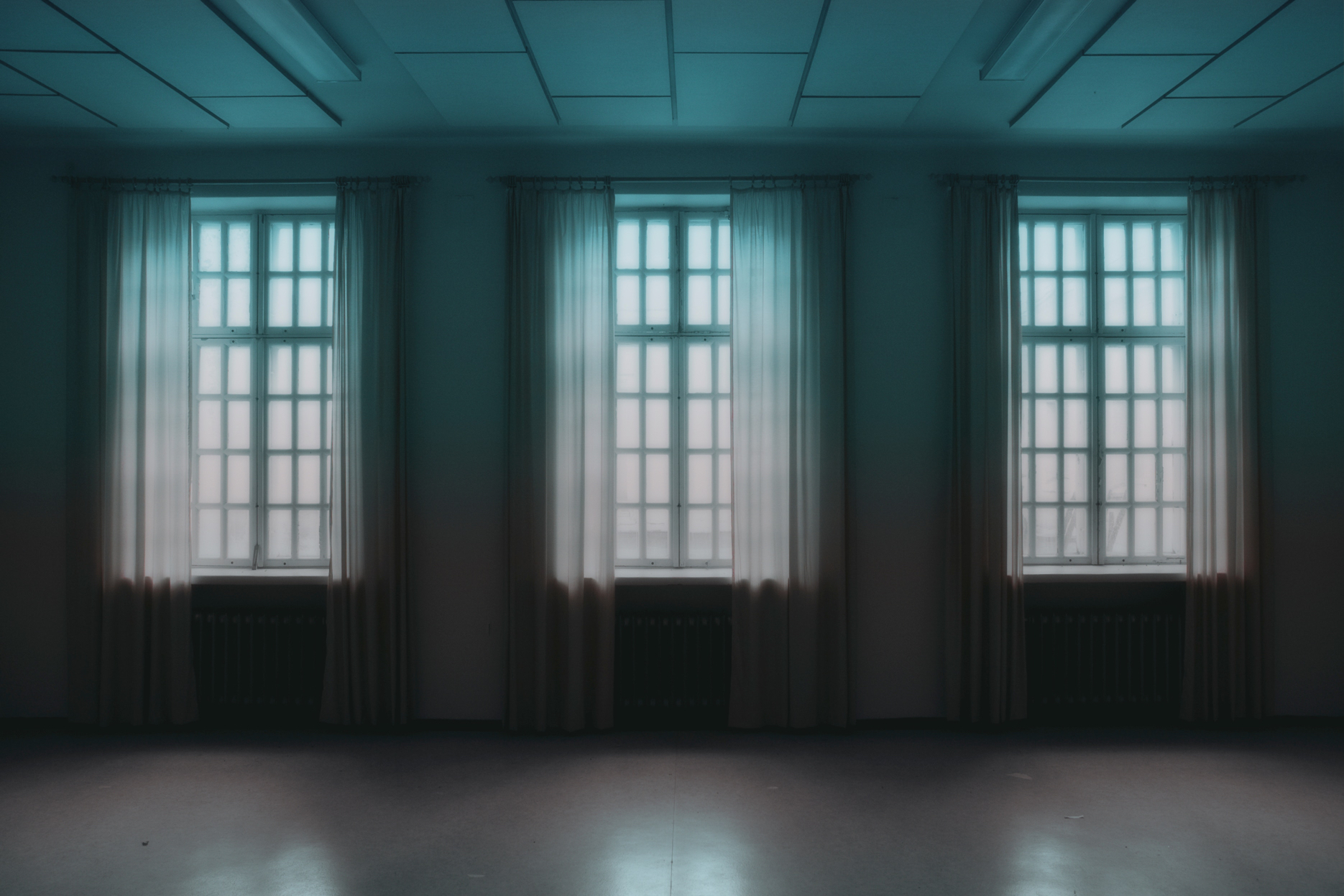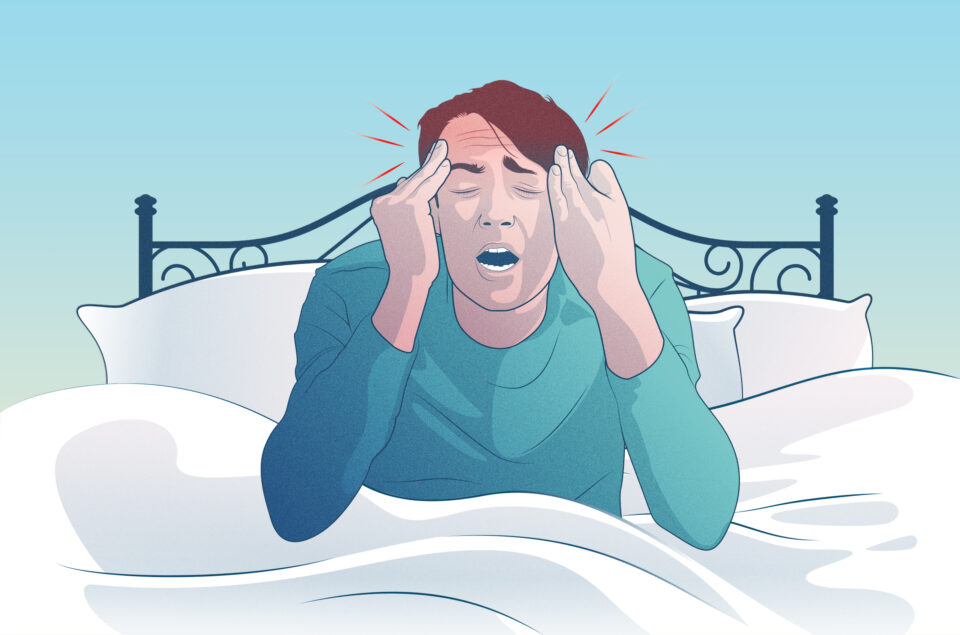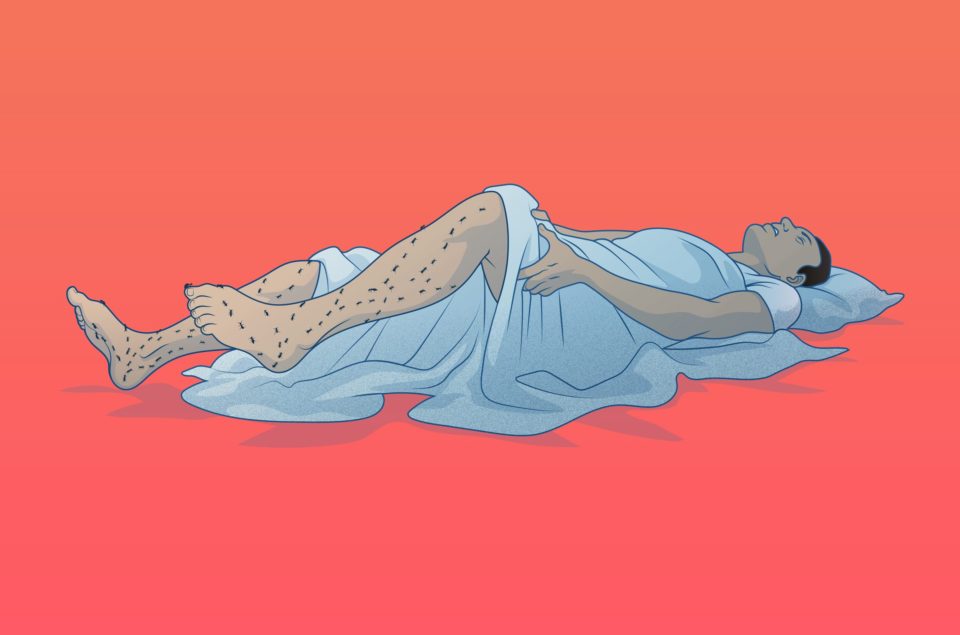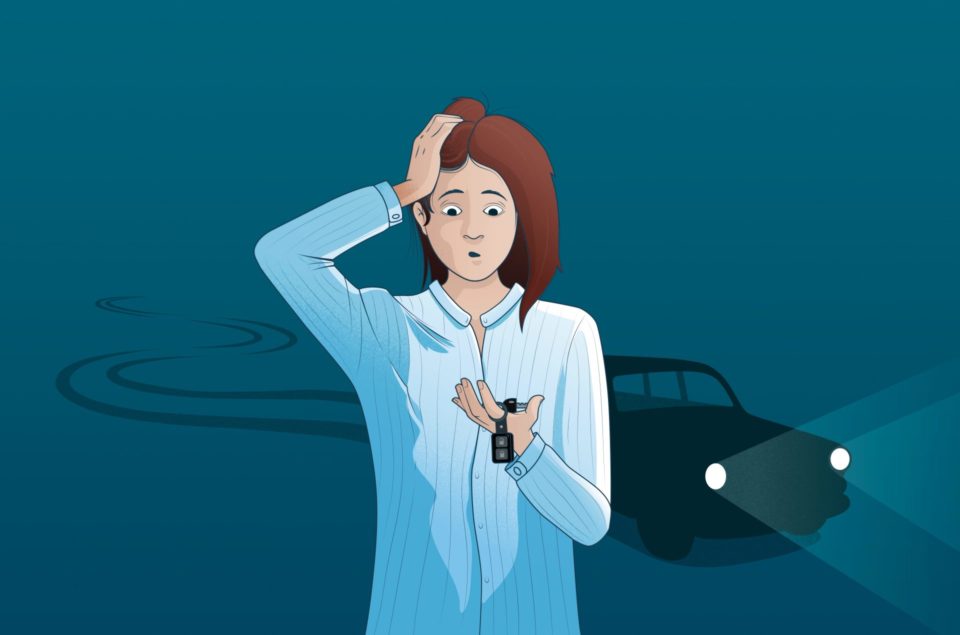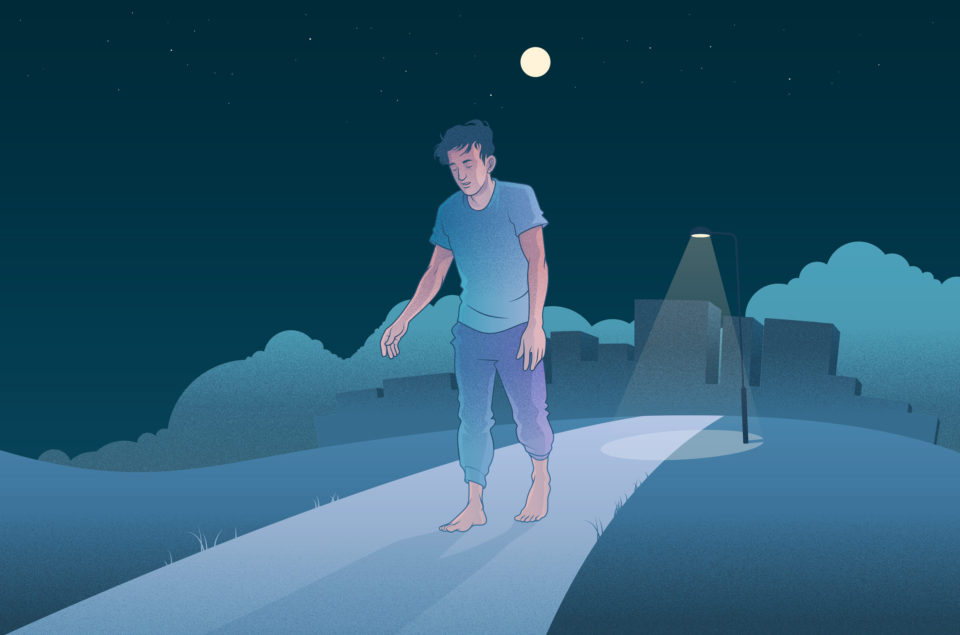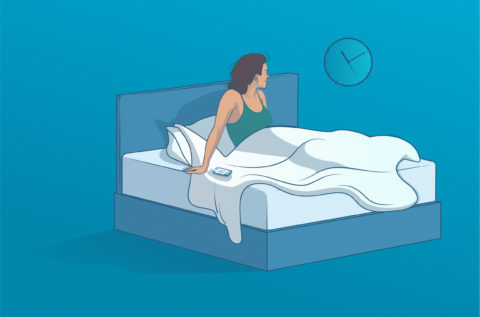About Sleepwalking
Sleepwalking is much more common in children than adults and more likely to happen if the person is sleep deprived. Usually, the sleepwalker does not remember what happened after and remains in deep sleep during the entire episode.
Symptoms
An episode usually occurs 1-2 hours after falling asleep and is normally set in deep sleep. In addition to walking around, often the following symptoms are also included.
- Does not remember what happened after.
- Is hard to wake up when walking around.
- Shows strange behavior. Like climbing through windows or urinating in a closet.
- Screaming in their sleep.
- Shows other violent behavior.
Treatment
Most often, sleepwalking is random and harmless. But treatment can be needed if it causes unsafe behavior. Medication and hypnosis have been known to help treat the disorder, but self-care is more common.
- Anticipatory awakening. Schedule a wake-up call just before the episode is most likely to happen. Make sure the wake up is gentle. This will help reset sleep cycles and avoid sleepwalking.
- Improved sleep habits. Make sure to keep a consistent sleep schedule. Avoid naps, limit caffeine, TV and try not to internet browse before or in bed. Go to bed at around the same time every night and wake up around the same time each morning. Good sleep hygiene will promote better sleep habits, leading to less unvoluntary sleep disruption.
- Relaxation techniques. Try deep breathing, meditation, or yoga. Or try other activities that you know to decrease stress. Less stress leads to easier drift off at bedtime and calmer sleep.
